In the 18th century, there was an acknowledged entente cordiale between the small clock and watchmaking firms that populated London and Paris. In this business, the French artisans were Anglophiles and in return, the English were Francophiles. National naval interests aside, the aim was the refinement and pursuit of horology.
Ferdinand Berthoud, then appointed to the French royal court, came to England to study Harrison’s H4 chronometer under Thomas Mudge’s tutelage. John Arnold, England’s leading clockmaker and inventor of the chronometer was introduced to Breguet’s work in 1792 by the Duke of Orleans in London. Arnold was so impressed that he immediately travelled to Paris and sought permission for Breguet to take on his son as his apprentice.
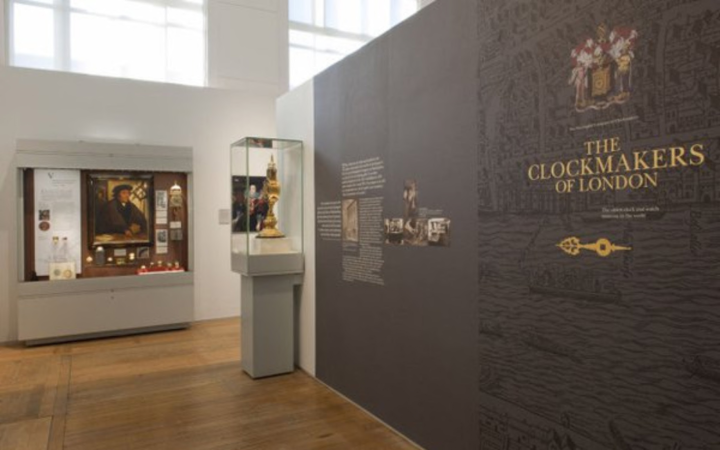
The entrance to the Clockmakers of London Museum, Science Museum.
Breguet was also as equally impressed with Arnold’s work, and among the many shared horological inventions, it is possible that the tourbillon idea came from the English clockmaker. As a tribute to his friend, Breguet incorporated his first tourbillon mechanism into one of Arnold’s early pocket chronometers with an engraved commemorative inscription on the movement. The watch is now part of the British Museum’s collection.
While London could claim its own set of known names, it was Abraham-Louis Breguet who was to become the most renowned of them all. His contribution was, according to his biographer, the late George Daniels, “As brilliant as it was original and, during a period when horological fashion was the slave of science, he lifted the watchmaker’s art to a new dimension of visual and technical excellence. His influence on the appearance and style of the watch was dramatic and his most complicated examples maintained the slim, elegant appearance that was to revolutionise watchmaking. Breguet’s extraordinary ability in all branches of horology achieved for him the reputation of a genius.”
His work was coveted and sought after by emperors, kings, queens, statesmen and the noble families of Europe. Emmanuel Breguet, seventh-generation descendent of Abraham-Louis, and the Head of Patrimony at Montres Breguet S.A. notes that “England was the first country to which Breguet exported watches starting around 1785. Breguet went to England in 1789, 1790, 1791 and 1814 for long stays, between two and four months. In the years 1800 – 1808, he sold around 10 percent of his production to London, after which he had to cease exports due to the Napoleonic wars. But after the fall of Napoleon, in 1814, there was a spectacular rebound, with English sales accounting for up to 30 percent of the company’s revenue. The purchases made by George III and the Duke of Wellington played a major role, firstly because they involved grand complications, and secondly because they drew in their wake the various members of the royal family as well as the high aristocracy. The English connection is a key chapter in Breguet’s history.”
The Breguet No 1297, made for George III of England. It is the only watch with English on the dial and the only one with a thermometer. More recently, it was the subject of a controversial auction sale and export bar by the British government.
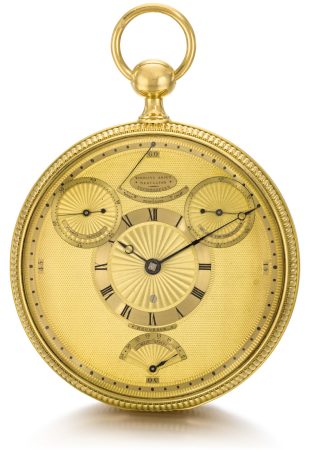
This exhibition, with Breguet watches assembled from a number of private collections, as well as the Worshipful Company’s own inventory, illustrates the degree to which the watches and clocks made by the Frenchman were lauded and ordered on these shores. Of the many important creations by Abraham-Louis Breguet assembled for this exhibition, the Breguet No 1297, a watch made for King George III during a time of war between England and France, is the standout attraction.
It is unique in a number of ways. It has a gold dial with multiple contrasting engine-turned finishes, central satin finished chapter ring with black Roman numerals for hours, minute ring to the edge, blued steel moon hands with elongated minute hand, and two engine-turned subsidiary dials. There is a sector for a thermometer marked “Heat, Temperate, Cold” above XII o’clock, the plaque above engraved ‘Whirling About Regulator” and “Thermometer”. it is the only watch of its type that includes a thermometer and has the escapement labelled as a “Whirling About Regulator”, the literal translation from the French “Régulateur à Tourbillon”.
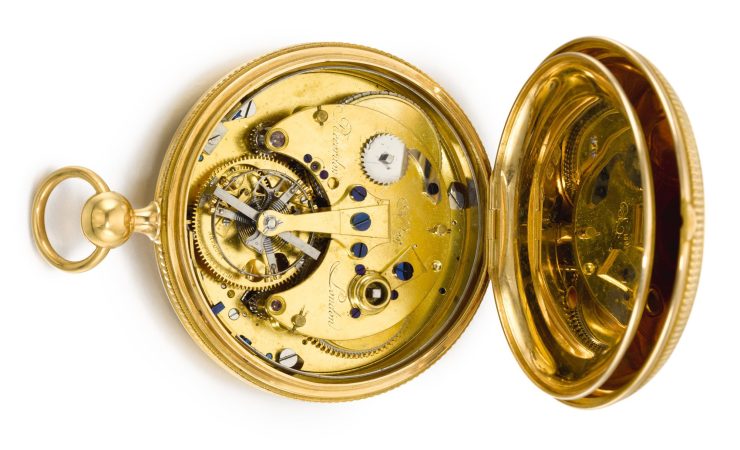
The movement of the Breguet No 1297 showing the four-minute tourbillon escapement.
The gold four-minute tourbillon watch was made around the same time as the Arnold watch in 1808. The gilded movement comprising the tourbillon carriage is signed “Breguet, Par Brevet d’Invention” with fusée and chain, the backplate signed Recordon, London. It is the only tourbillon fitted with a Robin escapement, making it one of a kind. Not surprisingly, the original price of FF4,800 was the highest figure paid for any of Breguet’s watches with a four-minute tourbillon.
This is the first time that this rare and important watch will be on public display at a museum since being sold by Sotheby’s in July 2020 [read more about it HERE] and having an export bar placed on it in January 2021 by the then Minister for Digital, Culture, Media & Sport, Caroline Dinenage MP, citing among other reasons, royal provenance and public interest driven by the success of Bridgerton.
The Breguet No 2589 showing both mean solar and sidereal time, along with a calendar function. The same dial layout would be used by George Daniels over 150 years later for his Space Traveller watches.

Among other notable watches – without the same degree of royal provenance or controversy – is the Breguet No 2589, a gold watch indicating true solar and sidereal time ordered by, and sold to, Lord Berwick, in 1816. It is a brilliant piece and combines the new scientific knowledge at the time that recognised that, the 24-hour day (mean solar time), defined as the rotation of the earth relative to the sun, was slightly longer than the sidereal day, which is based on Earth’s rate of rotation relative to the fixed stars. No 2589 harmonises both measures. George Daniels would use the same dial design approximately 150 years later for his Space Traveller I.
The watches on display demonstrate how much the English watchmakers learned from the Frenchman, including his balance designs, helical springs made of steel or gold, the spring detent escapement and the overcoil balance spring. They also show the degree to which Breguet incorporated Arnold’s ideas, particularly the layout of his dial designs, engine-turned gold or silver, a pattern that would become synonymous with Breguet on dials that were quite unlike anything else made in France or Switzerland at the time.
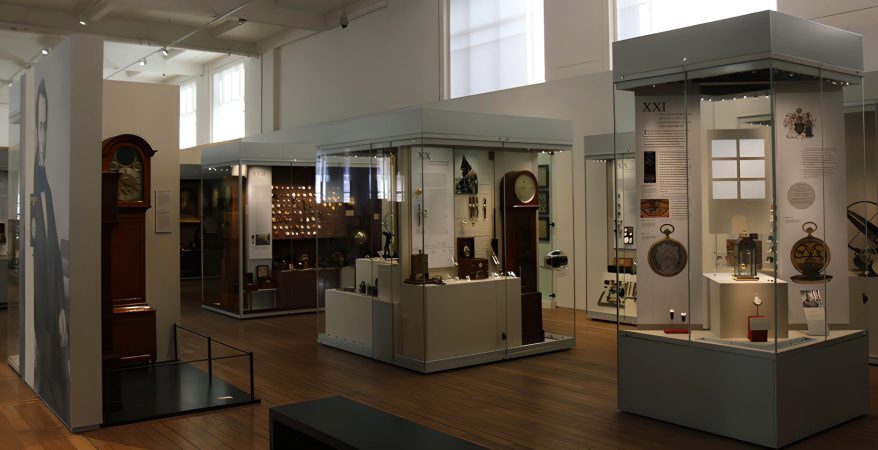
The main gallery of the Clockmakers Museum showing the extent of the Company’s collection.
According to Emmanuel Breguet, Abraham-Louis “Discovered the use of jewels in watch movement in England and adopted the practice for all his production by bringing English specialists to his workshop in Paris. It is certain that Breguet was stimulated throughout his life by his exchanges both with his English colleagues and with his English clients, and arguably, he gave the best of himself for his English clients and friends.”
The exhibition lasts almost a year from 12th September 2023 until 8th September 2024, and along with the history of horology from the Clockmaker’s Company collection, provides a unique opportunity to look at watchmaking across national boundaries, and appreciate the importance of international patronage and collaboration.
Breguet: the English Connection
Clockmakers Museum at the Science Museum.
12th September 2023 – 8th September 2024
Exhibition Road, South Kensington, London, SW7 2DD
More information and tickets HERE.
Words: Dr Andrew Hildreth





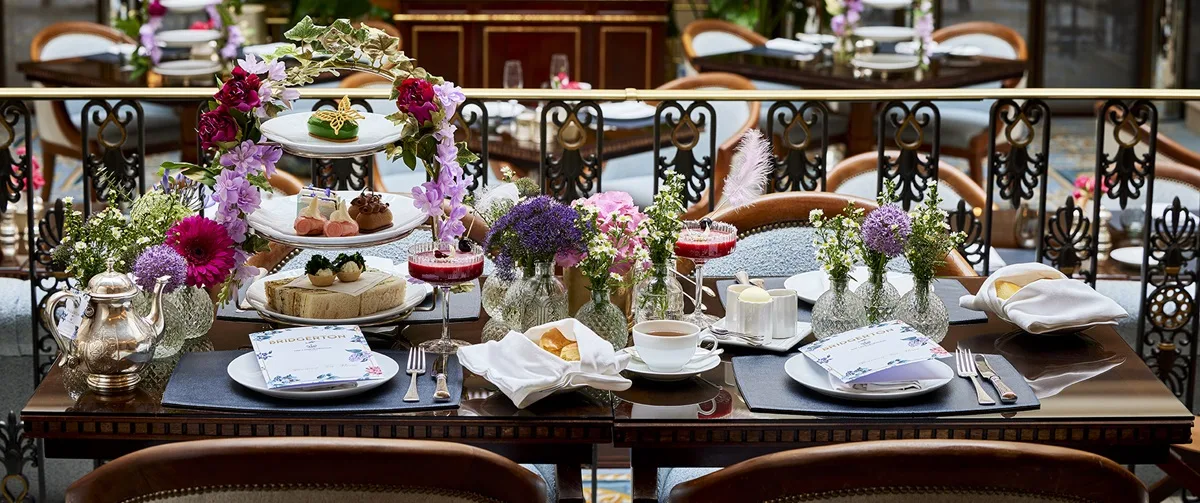
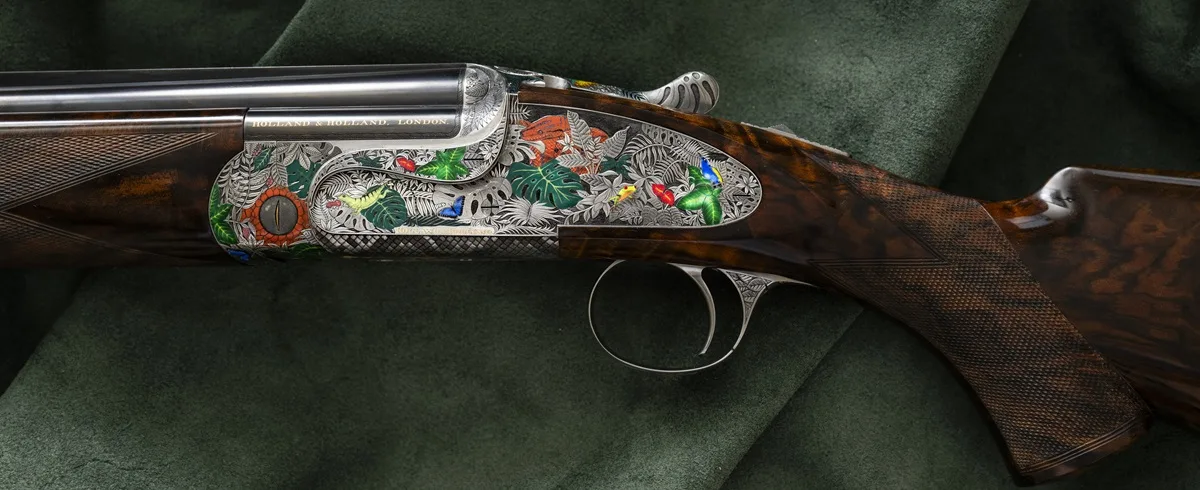


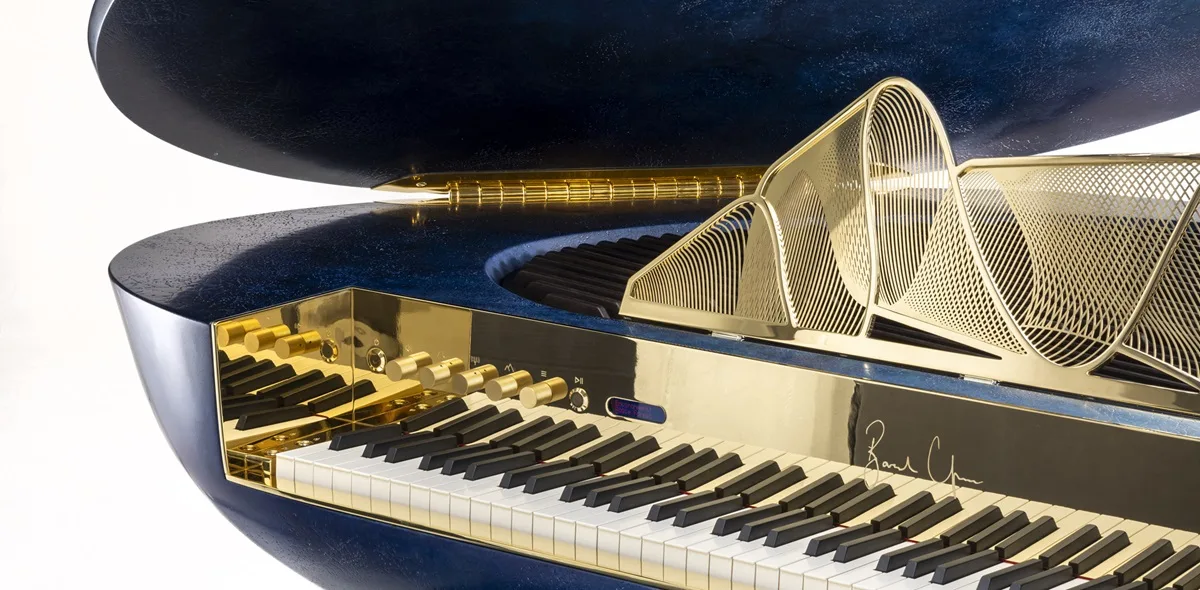
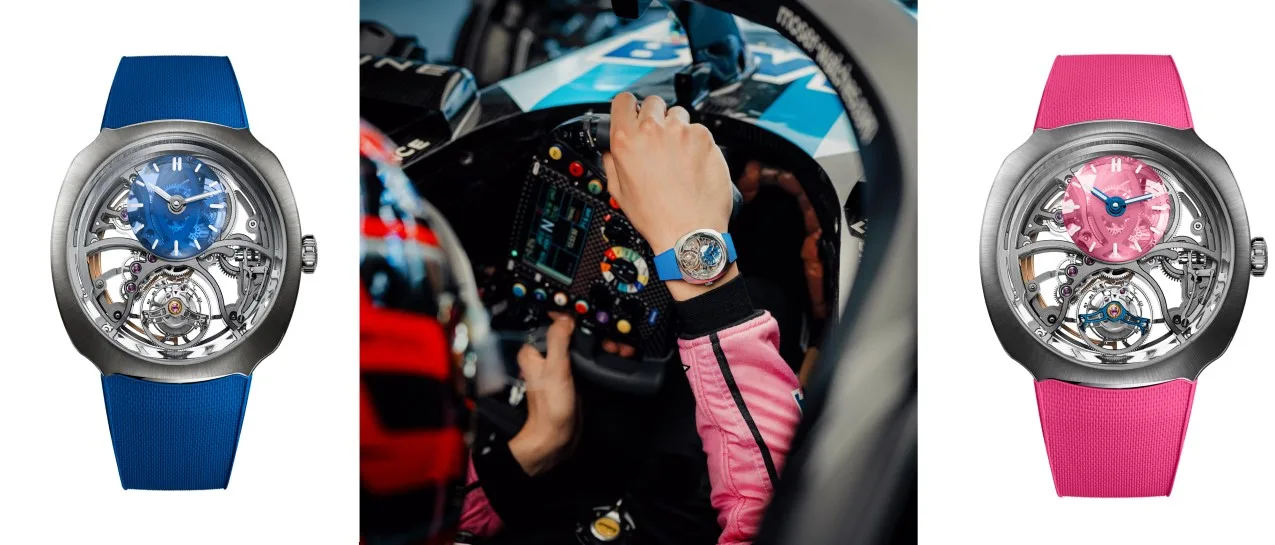



Show Comments +